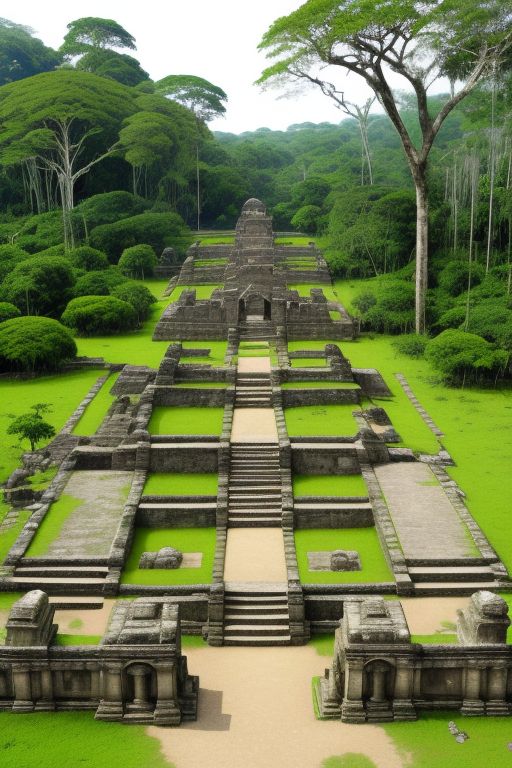The discovery of an ancient civilization in the Amazon Rainforest that potentially rewrites history is a fascinating subject, embodying the richness and complexity of human societies that flourished in environments previously thought to be untouched or uninhabitable by large, organized communities.
This finding challenges long-standing assumptions about the ecological and historical significance of the Amazon, suggesting that its dense foliage may have concealed civilizations that were sophisticated, interconnected, and capable of altering the landscape in sustainable ways.
Archaeological evidence, such as extensive earthworks, pottery, and remnants of large structures, indicates that this civilization had a high degree of social organization and engineering skills. These communities were likely involved in agriculture, employing techniques that enriched and maintained the fertility of the rainforest soil—contrary to the destructive slash-and-burn methods that are a common concern in the region today. The discovery of geometric earthworks known as geoglyphs, some of which are only visible from the air, hints at a society that was capable of complex planning and execution.
The existence of this civilization sheds light on the Amazon Rainforest’s role as a historical, cultural, and ecological treasure. It suggests that the Amazon was not a ‘virgin wilderness’ but a landscape shaped by human ingenuity and sustainable practices. This civilization’s approach to agriculture, community organization, and environmental stewardship provides valuable insights into sustainable living in harmony with nature.
Furthermore, the discovery prompts a reassessment of the pre-Columbian history of the Americas. It adds to the growing body of evidence that indigenous peoples had a profound impact on the environment and were far more numerous and advanced than previously thought. This challenges the narrative that the Americas were sparsely populated wilderness areas before the arrival of Europeans.
In conclusion, the uncovering of an ancient civilization in the Amazon Rainforest is a testament to the ingenuity of human societies and their ability to adapt to and thrive in diverse environments. It calls for a revised understanding of history that acknowledges the complexity and sustainability of indigenous practices. This discovery not only enriches our knowledge of the past but also offers lessons for the future, emphasizing the importance of learning from indigenous wisdom in addressing contemporary environmental challenges.


